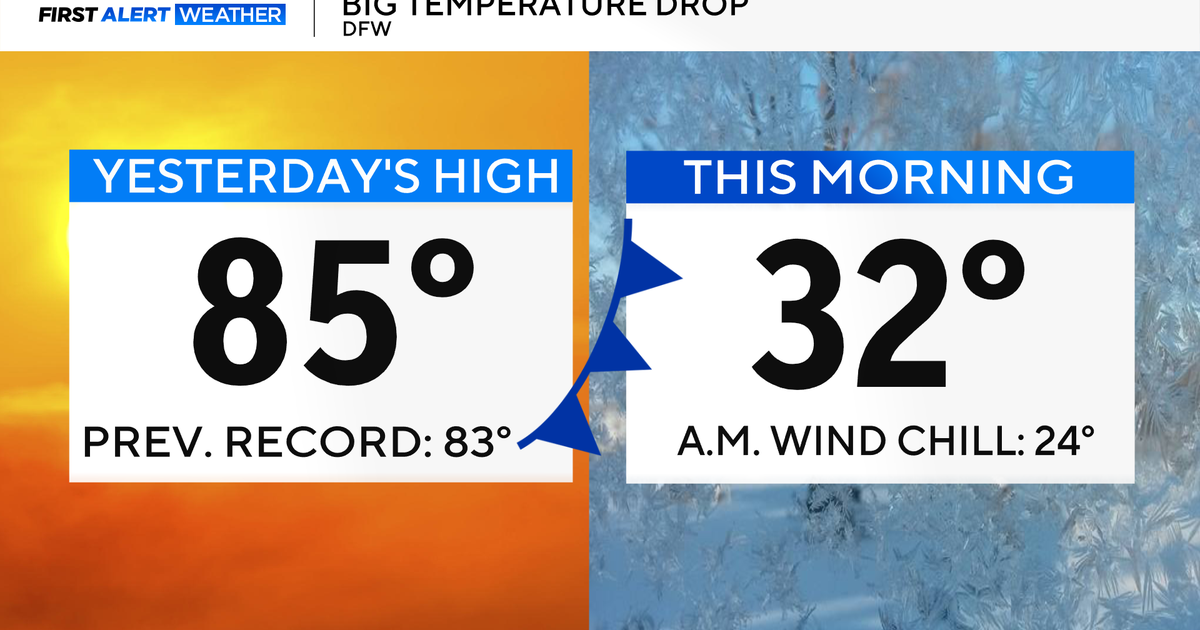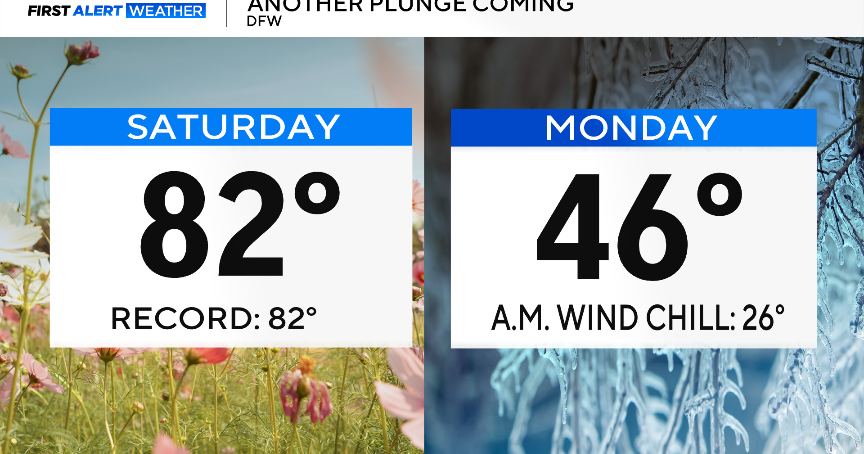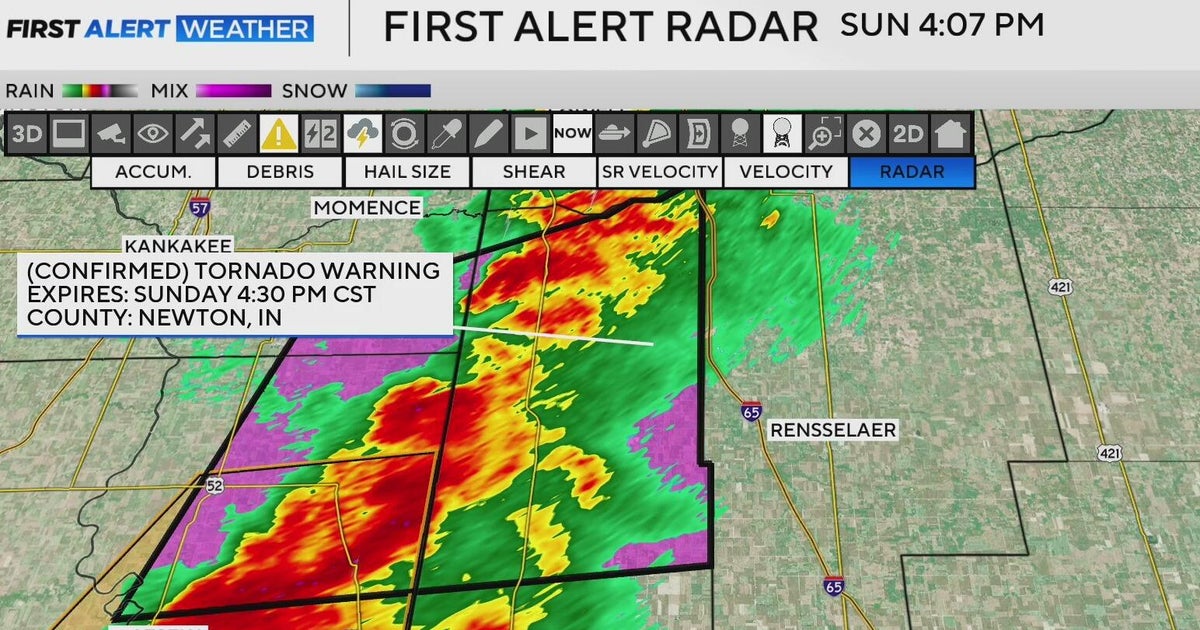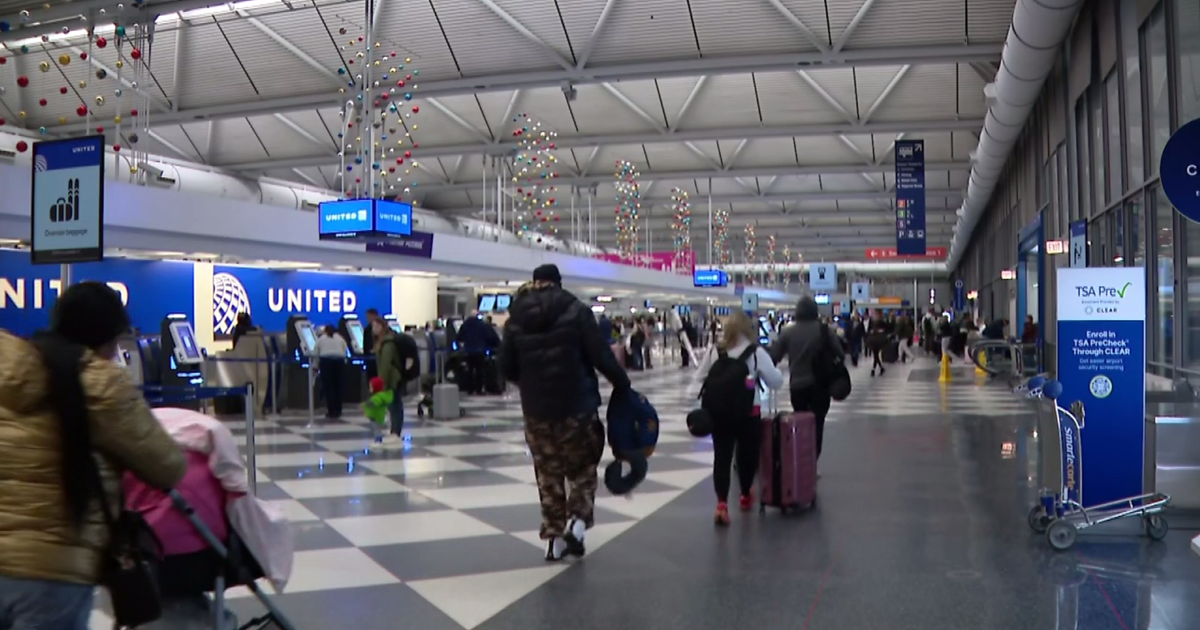Why do roads buckle in the heat?
NORTH TEXAS (CBSNewsTexas.com) — The dangerous heat Texas is currently experiencing isn't just hard on our bodies. It can also be hard on our roads.
It is still early in the summer, but just last week a highway in Brazoria County buckled, shutting down the main lanes as crews worked on repairs. And this week, another road buckling incident occurred on I-10 in Houston.
But how exactly does this happen? And will we see North Texas roads experience similar issues this summer?
What causes roads to buckle?
Put simply, you can blame buckling roads on the triple-digit heat. Keep in mind, surface temperatures on roadways can be 40 degrees higher than the actual temperature. That heat can cause concrete to expand.
There are two places on a road where buckling is most likely to occur:
- A seam where new concrete meets old concrete.
- Where there is a bridge joint. Bridge joints are designed to help roads withstand temperature changes, but in conditions with extremely high temperatures, they don't always work the way they're meant to.
In both cases, concrete can expand to the point where there's nowhere else for it to go but up.
Have any roads buckled in North Texas this summer?
So far this summer, no roads have buckled in North Texas. But Tony Hartzel, a spokesperson for TxDOT's Dallas District, told CBS News Texas that they're prepared if it does happen.
"We have drivers who go out almost everyday, just looking for issues to come up," Hartzel said. "With the heat we're getting and the lack of cool-down at night, we do expect there to be some challenges."
TxDOT's Dallas and Fort Worth districts cover more than 20,000 miles of road lanes and 8,000 bridges. That's a lot of concrete and opportunity for issues.
How you can report a road issue
If you see a road buckle or any other road issue, you can report it using TxDOT's online portal.








